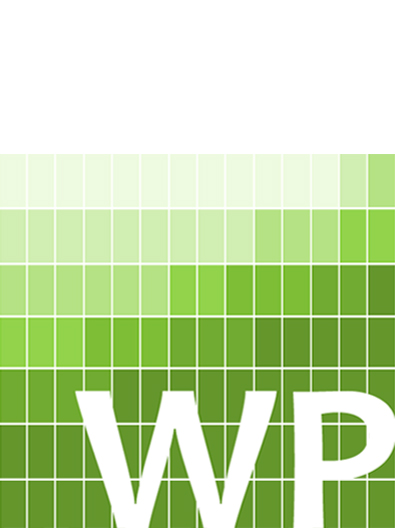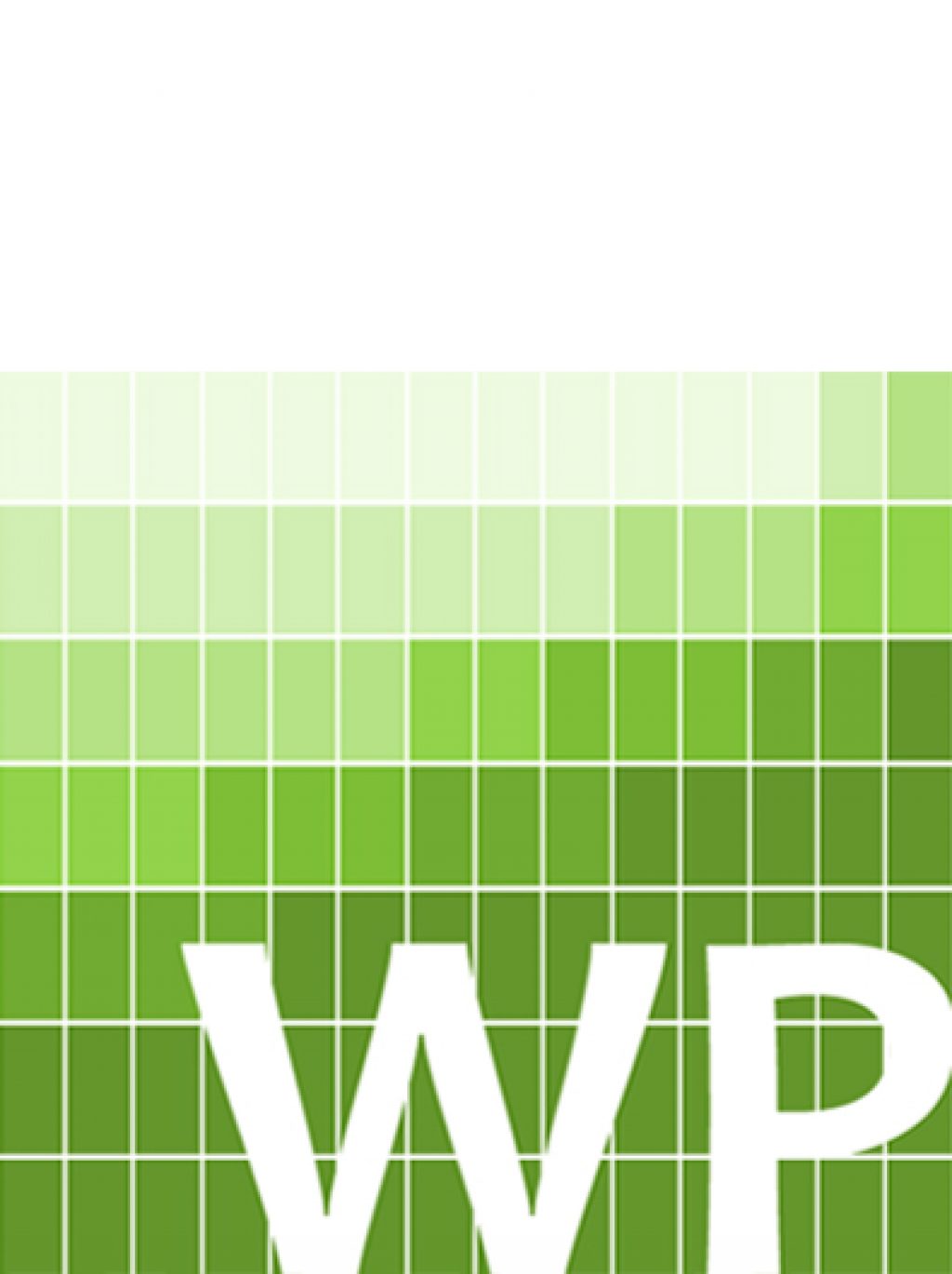The dichotomy of second-hand-clothing industry: the case of Kenya
Author: Judit Kiss
In: HUN-REN CERS, Institute of World Economics, Working Paper Nr. 273 (2024) April 2024
Abstract
Kenya is one of the leading SHC importers in Africa, where the aborted import substitution industrialisation, the liberalization of the economy and the failure of domestic textile industry led to SHC trade surge which is the direct product of the global (ultra)fast fashion linear business model resulting in overproduction and forced overconsumption. While SHC industry is noticeably beneficial for the economy and the people of Kenya due to job creation, income and revenue generation, providing affordable clothing, one should not ignore the detrimental impact on the environment and local textile/fashion industry which might be the backbone of economic growth and social transformation. In order to keep the benefits and minimize the drawbacks of SHC industry, in the short run the supply side pressure should be eased via decreasing the quantity and increasing the quality of SHC inflow in order to minimize waste, while in the longer run the enhancement of domestic garment industry should be accompanied by the gradual decreasing/phasing out of SHC inflow.




